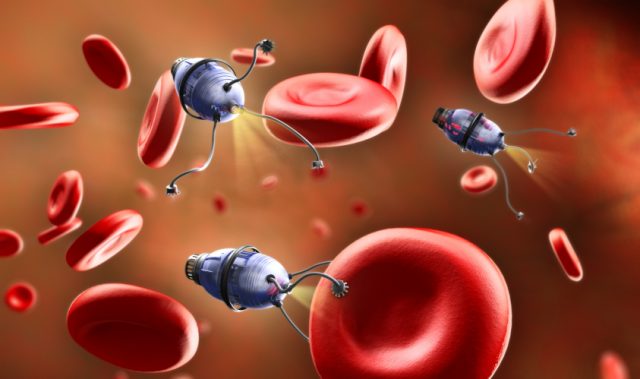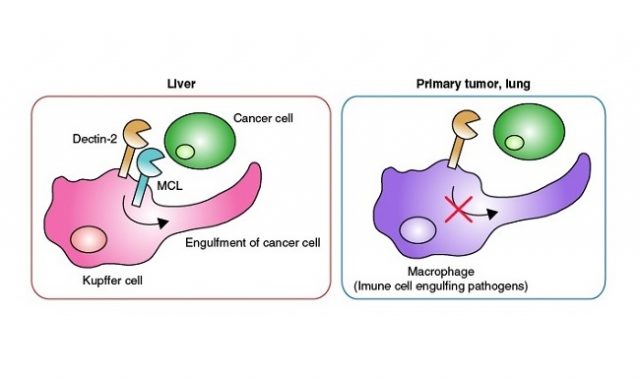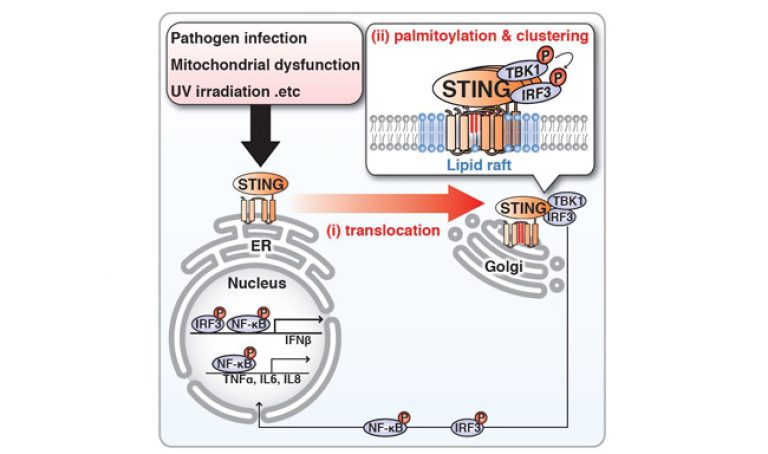
AsianScientist (Nov. 20, 2014) – A paper published in Nature Communications has identified the scaffold protein Rad54B as an important regulator of the cell cycle. The results, which show that Rad54B controls the stringency of cell cycle checkpoints, have implications on the development of future chemotherapy drugs.
Mutations in tumor suppressor genes that function in cell-cycle regulation are frequently observed in many types of cancer. Accumulated evidence suggests that proper determination of cell fate after DNA damage is vital to maintain genome stability and suppress development of cancer. However, the mechanisms by which the cell fate is determined during the DNA damage response are poorly understood.
The research group, led by Professor Kiyoshi Miyagawa at the Graduate School of Medicine of the University of Tokyo, identified Rad54B as a novel regulator of the cell cycle after DNA damage. Upon DNA damage, Rad54B inactivates the mechanism of cell cycle arrest and promotes cell cycle progression, thereby enhancing survival of the cells carrying genomic instability.
The survival of such cells could be the first step of cancer development or malignant transformation of tumors. These findings suggest that Rad54B is involved in the basic mechanism of cancer development via regulation of the cell cycle after DNA damage. Thus, inhibition of Rad54B may be a feasible strategy for targeting the process of cancer development.
The article can be found at: Yasuhara et al. (2014) Rad54B Serves as a Scaffold in the DNA Damage Response that Limits Checkpoint Strength.
——-
Source: University of Tokyo.
Disclaimer: This article does not necessarily reflect the views of AsianScientist or its staff.












